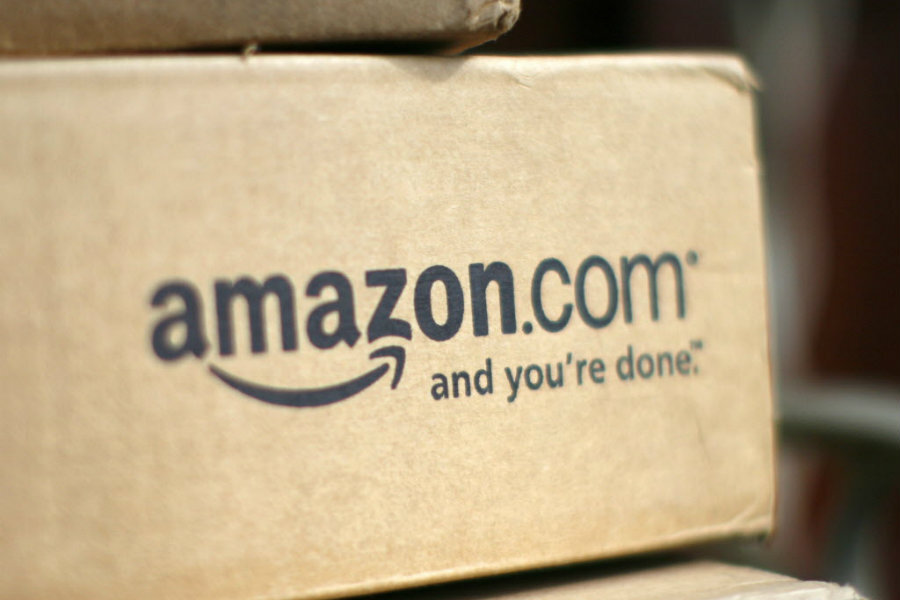Amazon’s Dash Button: Does convenience come with a price?
Loading...
Just when you thought shopping couldn’t get any simpler, it did.
Amazon’s new Dash Button eliminates the extra step of logging on to an app or website when buying a product. A small piece of hardware that lets users shop with a single press, the Dash Button comes in branded versions based on what product it’s programmed to order.
Need detergent? Just hit the Tide button. Out of toilet paper? There’s a Bounty button for that.
“Just press and never run out,” the Amazon site boasts.
The Dash Button launched Tuesday with 19 different partners, including Clorox, Huggies, Gillette, Olay, and Gatorade. Prime members can request an invite to get on board, and once invited, the hardware itself is free.
Each button comes with both a reusable adhesive strip on the back and a hook, the easier to stick or hang it with. Setup is simple: The button connects via the Amazon app to a specific Wi-Fi network and Amazon account, letting users select the product that they want to reorder. And unless set otherwise, the Dash Button responds only to the first press until the order is delivered, rendering it childproof.
Amazon has long been using promos and innovations to lure shoppers out of brick-and-mortar retailers and onto its site.
Having expanded from books to electronics, clothing, and groceries, the company today offers item subscriptions that give customers discounts for ordering products at regular intervals, and has announced plans to start delivery by drone within the next few years.
Indeed, the Dash Button appears to be only half of Amazon’s big plan; the other part involves companies integrating the reordering technology into the products themselves. Called the Dash Replenishment Service, the program “enables connected devices to order physical goods from Amazon when supplies are running low – like a coffee maker that orders more coffee beans,” according to the Amazon site.
Among the companies already involved: Whirlpool washers and dryers; Brita water filters; and New York-based Quirky, which helps build products such as baby formula makers and pet food dispensers.
Of course, shortcomings exist for both the Dash Button and integrated replenishment. A smart coffee maker, for instance, would limit the brands of coffee bean that owners can buy, as well as prevent enthusiasts from changing roasts in the middle of a bag, according to The Verge.
Another issue is that prices, sizes, and availability change often on the Amazon site, and the Dash Button isn’t optimized to keep up just yet, the same article noted.
There’s also the question of the kind of power consumers give to big businesses in exchange for much-coveted convenience. Rafe Needleman, editorial director for Yahoo Tech, wrote that the button could pave the way for a type of market monopoly.
This is the convenience that we want: a simple way to take a chore off our hands. … On the other hand, it’s also a terribly efficient way for big brands, and for Amazon, to lock customers in to their products and services, and lock out competition. If I have a Tide Button, it becomes much more unlikely that I’ll ever buy Wisk, or ever get my detergent from anywhere but Amazon.
“Dash Button looks extremely convenient,” Mr. Needleman concluded. “But I believe this convenience will come at a price.”






